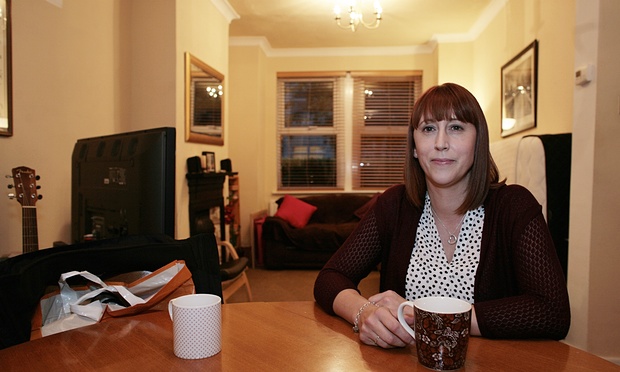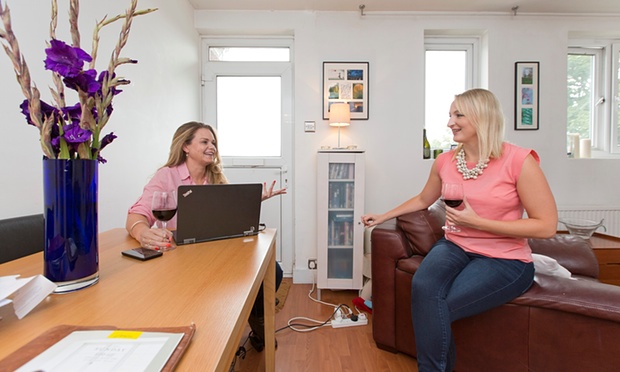East-West Divide Growing in Central London Property Market
Property sales in the prime central London market increased in the month to September, but the general slow mood of the year is continuing, as higher Stamp Duty costs are causing buyers to become more reserved.
These are the messages arriving from Knight Frank’s latest sales index for the capital.
For the whole region, annual price growth dropped to 1.3%, the lowest rate since October 2009. However, prices fell by over 3% in some areas to the west of central London.
The data also reveals that new prospective buyers decreased by 34%, but viewings dropped by just 4%.
An east-west divide appears to have manifested around Hyde Park, with prices rising to the east, in Islington, the City of London, Marylebone and Mayfair, but falling in the west, in Notting Hill, South Kensington and Knightsbridge.
The report states that the divide is possibly due to a greater proportion of larger homes in the west, which are now affected by higher Stamp Duty.
Head of London Residential Research at Knight Frank, Tom Bill, comments: “Underlying demand remains strong but buyers have become more circumspect and stringent in their requirements due to the Stamp Duty increase.
“This heightened price sensitivity among buyers has resulted in a flight to quality, meaning demand is particularly strong for properties in the best condition and on a prime floor, street or square.
“So, while the anticipated gear change materialised as summer moved into autumn, there was no sense the market is entering full-blown recovery mode after what has been a subdued 2015.”1
Director of W.A. Ellis, Richard Barber, adds: “Transaction levels have been down throughout the spring and summer months and, whilst some of this reduction may have been due to election jitters, it is now apparent that the increase in Stamp Duty is the main driver behind this trend.
“Whilst the Government may not wish to admit that HMRC’s Stamp Duty revenue has diminished by £1.5 billion in the first six months of 2015, compared with the previous six months, it is unlikely that George Osborne will reduce the new levy at this stage in the political cycle.
“With lower transaction levels across prime central London, it is clear that quality is a priority for buyers, notably, the most recent transaction within our prime central London postcodes have all been properties of the highest quality with exceptional attributes.”1
In the lettings sector, Knight Frank reports that annual rental growth fell to 2.4% in September, the lowest figure since September 2014.
This decline is thought to be the result of contagion from the Chinese economic crash, with firms more hesitant to recruit or spend on relocation for senior executives.
This has caused the number of agreed tenancies in the three months to August to fall by 5.9% over the year and the amount of viewings to decrease by 10.2%.
Knight Frank expects this trend to continue in the short term.
However, the report found that the trend is less clear in the lower and higher price ranges, with demand among young professionals remaining strong, but demand in the super prime market of £5,000 per week and over has “been buoyed by the fact tenants have moved across from the sales market due to the Stamp Duty increase”1.













